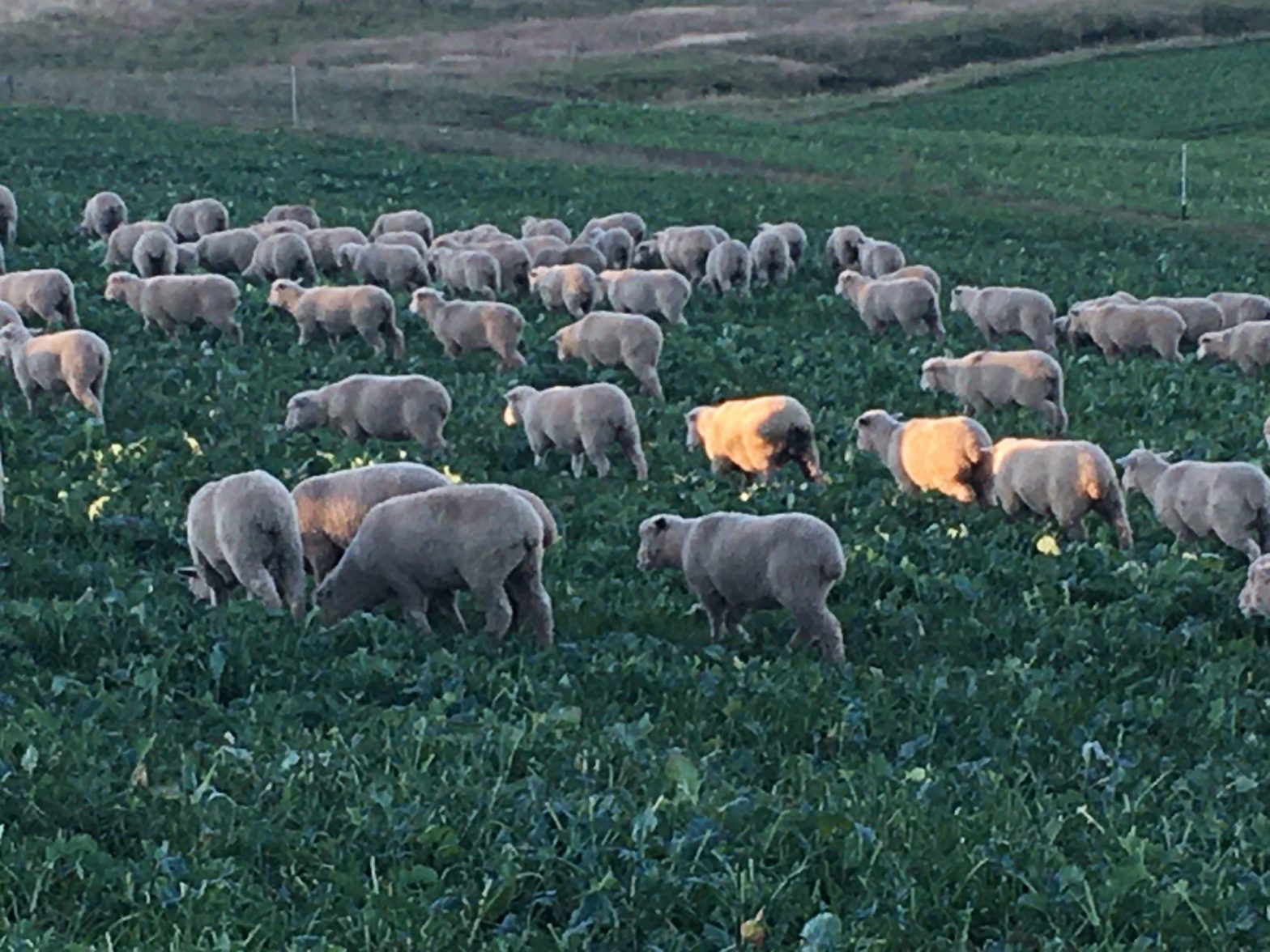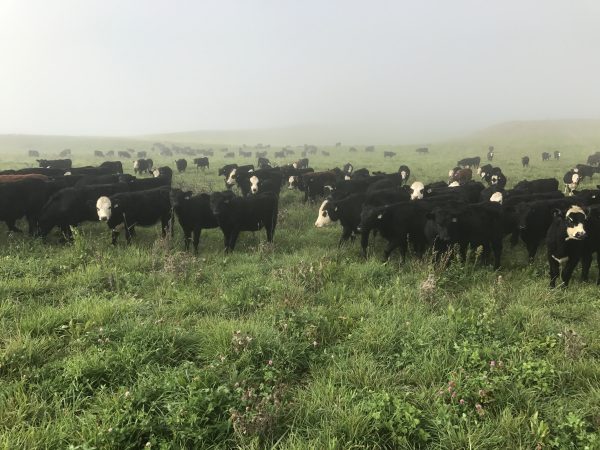SOIL SAMPLING INSIGHTS ‘INVALUABLE’

A targeted approach to fertiliser application through Precision Pastures’ soil mapping technology has been “invaluable” to Northern Tablelands sheep and beef producer, Bill Perrottet.
Bill Perrottet operates ‘Urandangie’, an intensive sheep and beef enterprise near Guyra, in the New England, New South Wales – a business he’s been improving throughout his 21 years of ownership.
Running an all-grass enterprise on alluvial black and rocky red basalt country, especially as a ‘techno grazier’, Bill places a great deal of emphasis on the productivity of his land. He aims to be as efficient with the resources he has available to him – water, soil and grass – which ultimately enable the turn-off of high-quality sheep and beef.

‘Urandangie’ comprises a mix of cross-bred Merino sheep for both meat and wool, as well as a cow-calf breeding operation producing premium Angus and Hereford steers bound for feedlots.
soil sampling inaccuracies exposed and remedied
Bill began soil sampling with the help of Precision Pastures several seven years ago and says the process has been “invaluable” to his business.
“We have saved ourselves a fortune in fertiliser costs thanks to the grid pattern soil sampling we’ve done here,” Bill says.
“A targeted approach has been a good strategy for us. Over the years, I have since found that putting most of my fertiliser budget into Precision Pastures’ testing turned out to be better value than putting nutrients into areas where they weren’t needed.”
Urandangie has always had a strong fertiliser history, but it wasn’t until using the Precision Pastures testing system that inaccuracies began to reveal themselves.
“Early on, I had a near-perfect soil test from one area in a paddock which I’d tested before. Milton from Precision Pastures tested close to that spot and got a near-perfect result, but we found that 100 metres in one direction from there, soil quality was seriously varied, and 100 metres in the opposite direction it was something completely different again. I’d been thinking all along that paddock was the same quality but that was totally inaccurate,” Bill says.
“When all those individual two-hectare samples are combined and you get a group test, even if I’m not doing the variable rate application, I’ve got a good idea of the average of the paddock, which helps me figure out my spreading ratios accordingly. So, I am putting out a good average rather than going 1:1.”
A targeted approach
Even without the variable rate, Bill believes he’s still improving his ability to put the right dose of fertiliser in the right place.
“Because I run a techno grazing operation with many tight rotations, its really important not to skip a move,” he says.
“Targeted fertilising has corresponded with areas that weren’t performing, so we have been able to get those lighter paddocks up in production which hadn’t been producing as well, so it makes our management a bit easier.”
Following on from a once-in-a-generation drought in Northern New South Wales, Bill, like others, has had to think strategically about how to rebuild and where the best return on investment would be. Allocating precious budget into fertiliser hasn’t been possible for many producers in the region.
“Some of the high-value areas were targeted post-drought to perfectly balance fertiliser with the soil most in need so that we could get that high performing country back to its optimum pasture growth. The last thing I wanted to do was to be spending money on more pasture improvements, so knowing where to target and with what has been key to our cashflow decision-making.”
Data-driven decision-making a “breakthrough”
Bill is a big believer in data-driven decision making in the grazing industry.
“Data-enabled decision making has been a break-through in the way we’ve done things,” he says.
“Our aim is that for country we’ve developed and spent a lot of money on, we need to pay it back with high stocking rates and production – whether it be the amount of beef or wool or lamb we produce per hectare – and subsequently, we have more confidence to invest when we have accurate data.
“If we’re investing $450 per hectare to develop it with pastures, fencing, water and fertiliser, then data makes a bit difference in every way in benchmarking and knowing what we’re producing per hectare, the cost of that production, and knowing that we’re not putting on fertiliser where it’s not required.”
